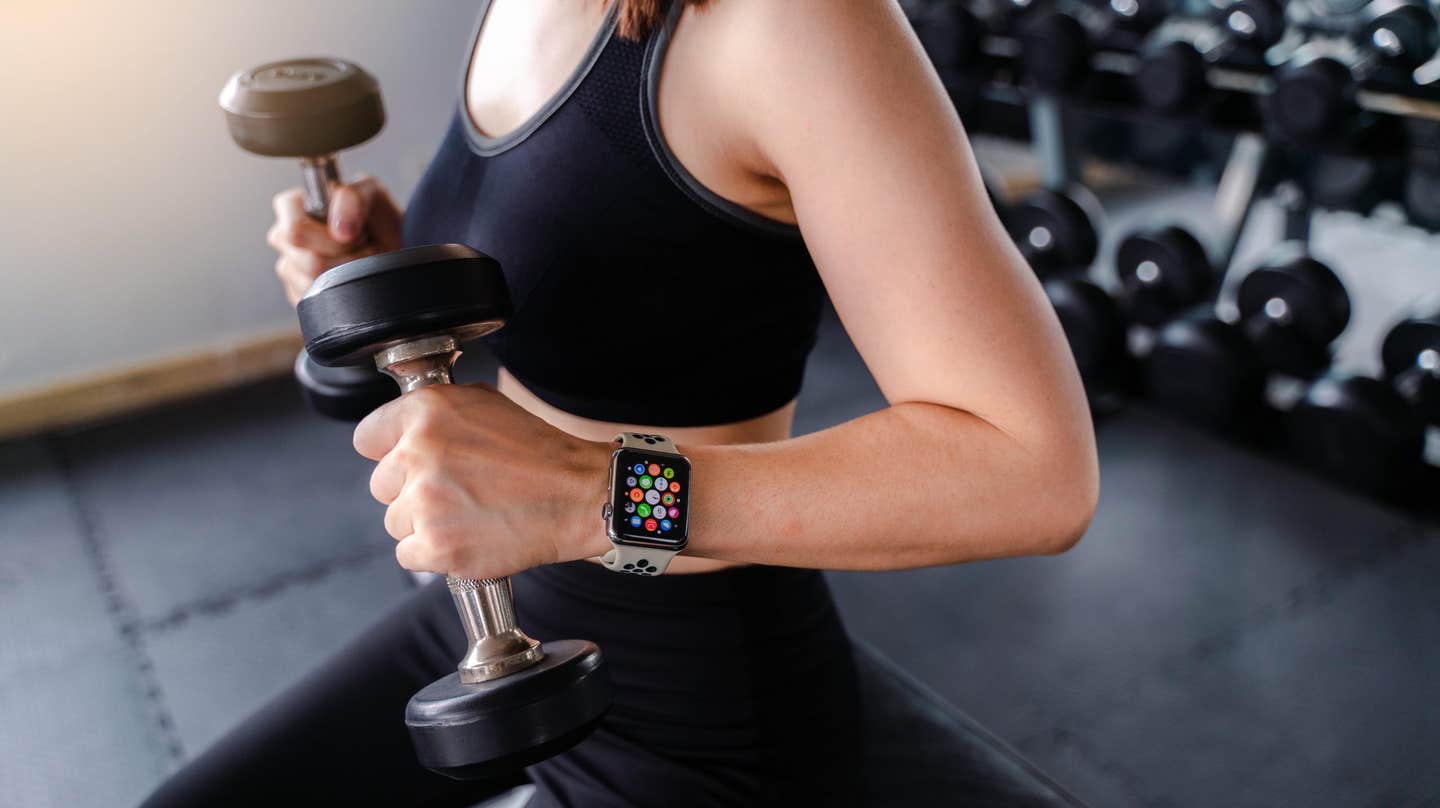Revealing early results of ‘unprecedented’ Apple Watch health study
There are 6,700 patents on the study, each of whom has so far worn their Apple Watch on almost 90% of study days.

[Oct 30, 2021: Stephen Warwick]
There are 6,700 patents on the study, each of whom has so far worn their Apple Watch on almost 90% of study days. (CREDIT: KANUT PHOTO, Shutterstock)
The University of Michigan has released the early results of its Apple Watch health study.
This week Michigan Health Lab announced:
"Early results from a landmark, three-year observational study called MIPACT, short for Michigan Predictive Activity & Clinical Trajectories, provide insight into the baseline health status of a representative group of thousands of people, as reported in a paper published in The Lancet Digital Health."
Jessica Golbus, M.D., of University of Michigan Health's Division of Cardiovascular Medicine, said it was important to understand all of the baseline activity levels of patients before the study continued, and hailed the diversity of the group.
She also noted that there has been a significant discrepancy between, for instance, the activity levels measured by the Apple Watch, and a phone. Specifically, the phones tended to underestimate step counts.
"I think what this means is that not all mobile device signals are created equal," she said, "and that, in the future, interpretation of these signals will require knowledge of the device from which these signals were collected."
There are 6,700 patents on the study, each of whom has so far worn their Apple Watch on almost 90% of study days. They've worn them for an average of 15.5 hours per day, taking heart rate measurements and blood pressure using an Omron cuff.
Related Stories:
The university says that 18% of the participants are aged 65 or older, 17% are Black, and 17% are Asian. Golbus says that these are groups that have largely been underrepresented, and therefore under-studied, in digital health research.
From the early findings:
"Participants 65 and older had significantly lower resting and walking heart rates, and women had resting heart rates on average 3 beats per minute higher than men. When stratified by self-declared race, Black participants had the highest heart rates and white participants the lowest. Activity levels also varied by race and ethnicity and by the presence of certain clinical conditions. Together, these differences demonstrate that patient-specific context is an important consideration when clinicians interpret wearable and home blood pressure data."
Golbus says that recruitment for the study has already proven one of its biggest successes. Launched in collaboration with Apple, the study set out to enrol as diverse a set of participants across age, gender, race, ethnicity, and existing health conditions.
"Pretty frequently, I get asked by my patients what their wearable device data means," said Golbus, "It's really challenging to understand its implications for their long-term health."
The report now begins a three-year follow-up period in which doctors will seek to contextualize the data signals from Apple Watch with information from electronic medical records and survey data. The study also provides some unique insight into some effects of the global pandemic because it holds data from before and after its onset, so could reveal some of the impact not only of the illness itself but also the lifestyle impact.
The full results of the study have not yet been published, but the preliminary insights can be found here.
Like these kind of feel good stories? Get the Brighter Side of News' newsletter.
Tags: #New_Discovery, #Apple_Watch, #Medical_News, #Health_News, #Science, #Research, #The_Brighter_Side_of_News



